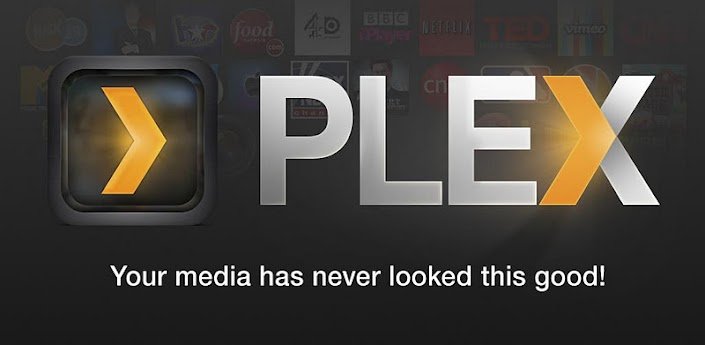
"It marks the end of an era for us, and we'd be lying if we said it wasn't a little bittersweet. The new desktop app is notably lacking TV mode, which means that we're going to stop supporting the traditional HTPC setup (using a desktop computer connected to your TV or home theater) with this app," the team wrote in a blog post. "The long-term plan is for the new desktop app to replace Plex Media Player as our only desktop solution. As a result of that, Plex is phasing out support for home theater PC setups. In January, it'll stop updating Plex Media Player. For one thing, it's killing the old Windows app by removing it from the store as of today. Meanwhile, Plex is making some other changes to its desktop support. It also offers the same server and library management options as in the Plex web app. The desktop app uses Plex's revamped user interface, including the navigation sidebar. This simpler, more reliable mechanism ( as Plex describes it) should make its way to the service's mobile apps in the future. However, the server owner still needs a Plex Pass to enable offline media access. Your downloads should start faster and with a single click, while Plex'll offer clearer feedback on your download progress. Of course, you can save a lot of money turning any old PC or laptop into a Plex server, but.

This computer should be small and power efficient, as it requires a wired internet connection and will run 24/7. The feature was previously called Sync, but it's now called Downloads - a much clearer term. The most important component of your Plex server is the computer that manages your media files and runs the Plex software.

Plex has a brand new app for Windows and Mac that offers a streamlined way to download the things you want to watch and listen to offline.


 0 kommentar(er)
0 kommentar(er)
